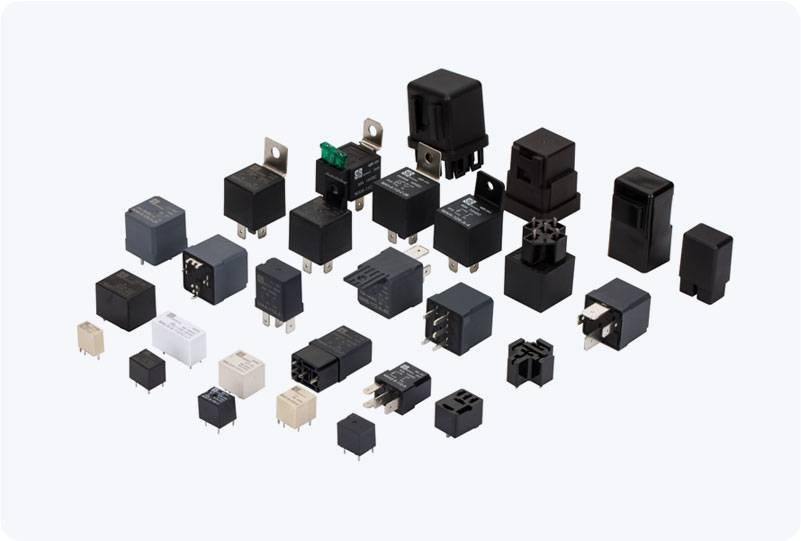solid state relay: a reliable solution for modern electrical switching
Release time:2025-10-18 11:21:39
In the realm of electrical engineering and automation, reliability and efficiency are paramount. As technology advances, the need for components that can handle high-frequency switching, long operational lifetimes, and low maintenance costs has become essential. One such component that has gained widespread recognition is the Solid State Relay (SSR). Unlike traditional electromechanical relays that rely on physical contact points to open and close circuits, SSRs utilize semiconductor devices to perform these tasks, offering distinct advantages in various industrial and commercial applications.

What is a Solid State Relay?
A Solid State Relay is an electronic switching device that performs the same function as a mechanical relay but without the use of moving parts. It uses semiconductor components like thyristors, triacs, diodes, or transistors to control the flow of electrical power. By doing so, SSRs eliminate the need for physical contacts that can wear out over time, thus improving the durability and lifespan of the device. Essentially, SSRs offer a more robust and reliable solution for controlling electrical circuits, especially in high-demand environments.
How Does It Work?

